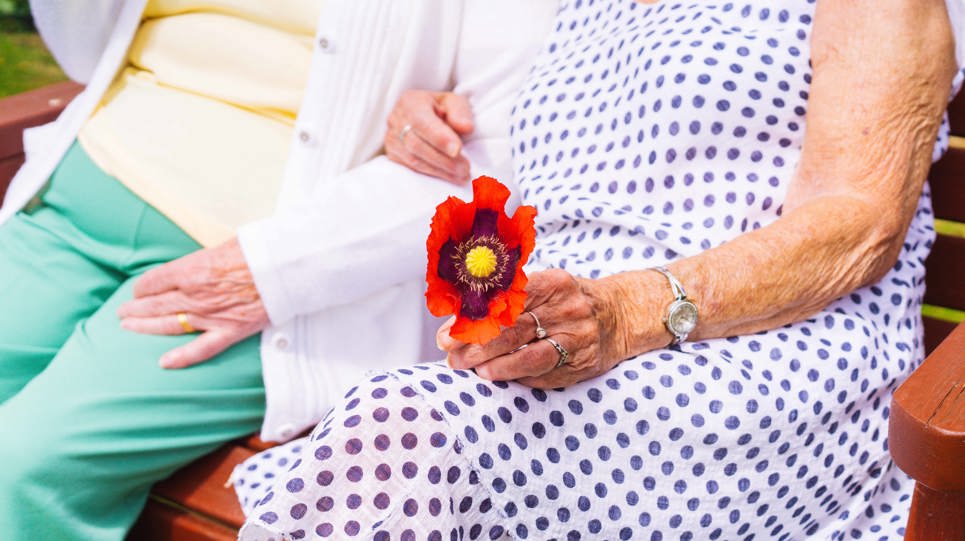What is safeguarding?
Safeguarding means protecting an adult’s right to live safely, free from abuse or neglect.

Safeguarding and you
‘Nothing about me without me’ means that we want to ensure you feel safe and supported during the safeguarding process, and will not do anything without your consent, or informing you if the safeguarding criteria is met to refer without consent.
Our commitment: Housing 21’s Keeping Safe initiative has been designed with you in mind. We support you with safeguarding concerns, ensuring you feel safe and respected. We won't act without your consent unless required by law. This is called Making Safeguarding Personal.
We will:
-
give you space and time to talk
-
listen to you
-
take what you say seriously
-
try to ensure that you do not have to repeat yourself to different people
-
ask you what your views, wishes, feelings and desired outcomes are
-
ask you what you think help might look like to keep you safe
-
give you as much information as possible about safeguarding and what to expect
-
take steps to understand you, your culture, background and community
- We discuss our concerns with you before deciding what to do
- We are open about any worries we have for you
- We keep you informed about who is doing what, and why
- We are honest if it is necessary to act against your wishes or expectations
- We seek consent before sharing any information about you, unless the abuse or neglect relates to one of the following:
- A serious crime has been committed
- Housing 21 employees are the alleged perpetrator(s)
- There is a risk to others
- You lack capacity and it is within your best interest to refer to safeguarding
- There is a risk to life
- Duress or coercion may be preventing the referral
- A court order or local authority request.
- You will be informed of any of these reasons and your views will still be provided to the local authority.
- When we do share information we explain who we are sharing it with, and why.
Sometimes a local authority may not take the concern further, and it may be that you do not wish them to.
If the local authority takes the safeguarding referral, they are likely to want to speak to you regarding the concern. You can have support at any point during the safeguarding process - we can support you if you wish.
Each case is different and will take a different amount of time. The local authority will also keep you at the centre of the process like we will do. Housing 21 will support you to prevent the risk of abuse or neglect happening again and will complete a safeguarding prevention risk assessment with you. Here we will record what you would like to happen, what your views and wishes are and how we can together reduce the risk appropriately and proportionately. This is a process designed to empower you.
Housing 21 wants to support you to live free from abuse or neglect in a way which is personalised to you. All our managers have had training on safeguarding, safeguarding prevention and how to ensure that you are at the centre by following the Making Safeguarding Personal Framework.

